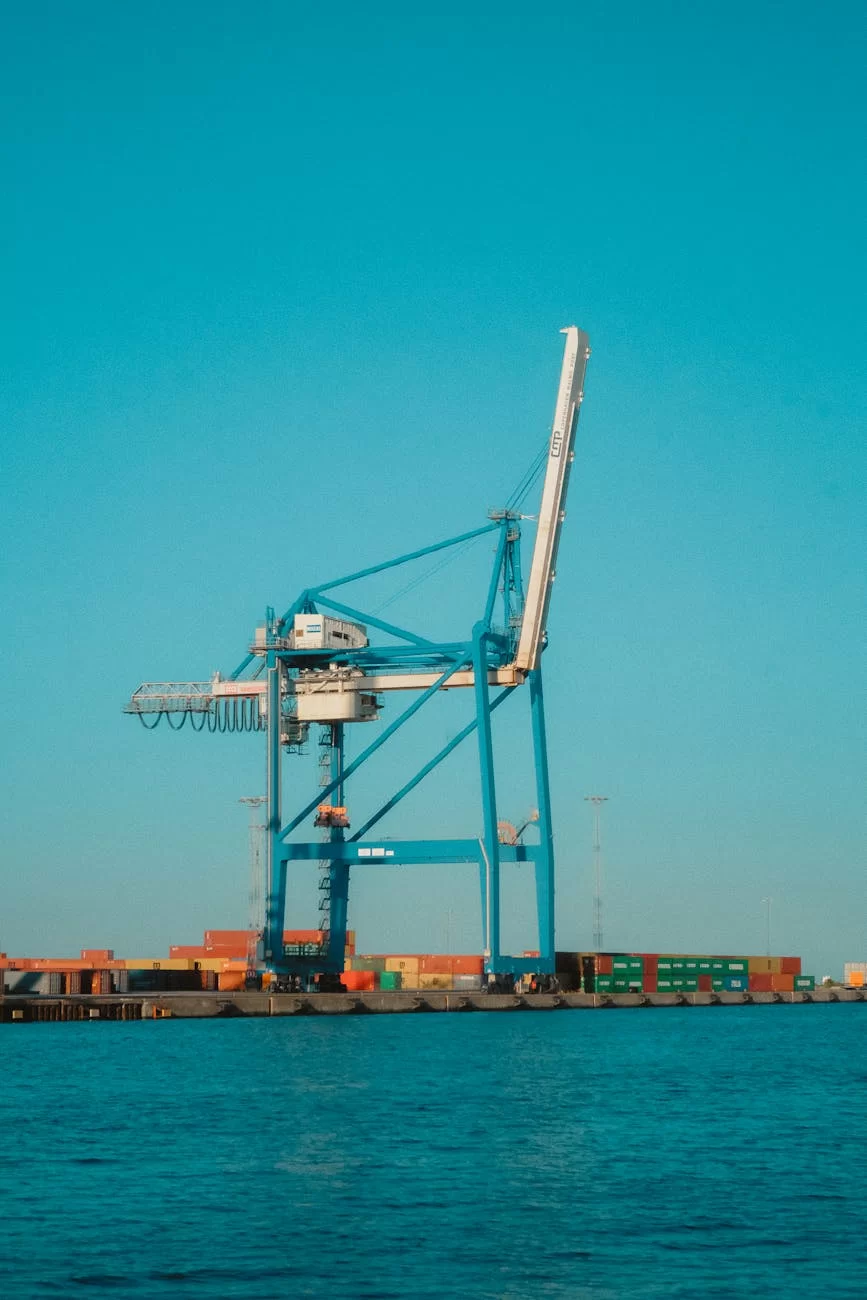“Mr. Peng just received a tax rebate of 380,000 yuan last month, while Mr. Peng identical batch of goods is stuck in the document review stage…” Such scenarios are not uncommon in Tianjin's foreign trade circles. As the largest export hub in northern China, Tianjin Port handles hundreds of billions of yuan worth of goods annually, but the “invisible hurdles” of export tax rebates leave many business owners in a dilemma. This article will dismantle the core logic of Tianjin's export tax rebate agency services, revealing the operational secrets that customs brokers won't voluntarily tell you.
Why can professional agents help you claim an additional 3%-5% in tax rebates?

In a real case from an electronic component factory in Tianjin Economic-Technological Development Area, companies self-declaring had an average tax rebate rate of 9.2%, which increased to 12.7% after entrusting a professional agency. The difference stems from three key aspects:
- Tariff Classification Optimization: The tax rate for the same commodity can differ by 3 percentage points under different HS codes.
- Document Chain Integrity: Agencies pre-screen the logical closure of 12 types of documents, including bills of lading and VAT invoices.
- Dynamic Policy Response: Such as Tianjin Customs' interpretation of new RCEP Certificate of Origin regulations in 2023.
Import and Export Agency's “Dual-Track” Service Solutions
Experienced service providers like Zhongmaoda generally offer two cooperation models:
- Full-Process Management: End-to-end involvement from customs declaration and logistics to tax rebate application, suitable for companies with annual export volumes exceeding 20 million yuan.
- Modular Services: Providing standalone support for document pre-screening, anomaly appeals, etc., which can reduce costs by 40%.
Notably, in the 'advance tax rebate' pilot program in Tianjin Dongjiang Free Trade Port Zone, companies utilizing full-process services have seen their average capital turnover cycle shortened to 17 days.
Beware of These 4 Tax Rebate “Black Holes”
A Tianjin apparel foreign trade merchant once lost 860,000 yuan in tax rebates due to the following issues:
- Proforma invoice did not specify trade terms (e.g., FOB vs. CIF price difference).
- Discrepancy between the export customs declaration and the VAT invoice commodity names.
- A discrepancy of over 3% between the received payment and the declared amount.
- Failure to register as an AEO certified enterprise with Customs in a timely manner.

Professional agencies' risk early warning systems can identify such risks 3-6 months in advance.
Can Your Tax Rebate Documents Really “Lie”?
The intelligent review system promoted by Tianjin Customs in 2024 can now perform AI-powered comparisons of:
- Compliance with customs declaration filling standards (e.g., mandatory 'Brand Type' field).
- Bank transaction records for cross-border receipts and payments.
- Associated transaction characteristics of upstream and downstream enterprises.
This means that the operational scope for traditional 'formal compliance' is rapidly shrinking, and agencies' data governance capabilities will become a core competitive advantage.
Action Checklist: Three Steps to Assess Your Agency Needs
You might want to use this simple framework for self-assessment:
- If your export products involve more than 3 HS codes → it is recommended to initiate tariff optimization services.
- If you have more than 2 document correction records within the year → you need professional pre-screening support.
- If tax rebates account for over 15% of your net profit → a risk control system must be established.
Now, use a calculator to determine: does an additional 1% tax rebate outweigh the cost of capital tied up for 3 months? Perhaps it's time to re-evaluate those 'saved' agency fees.

Recent Comments (0) 0
Leave a Reply